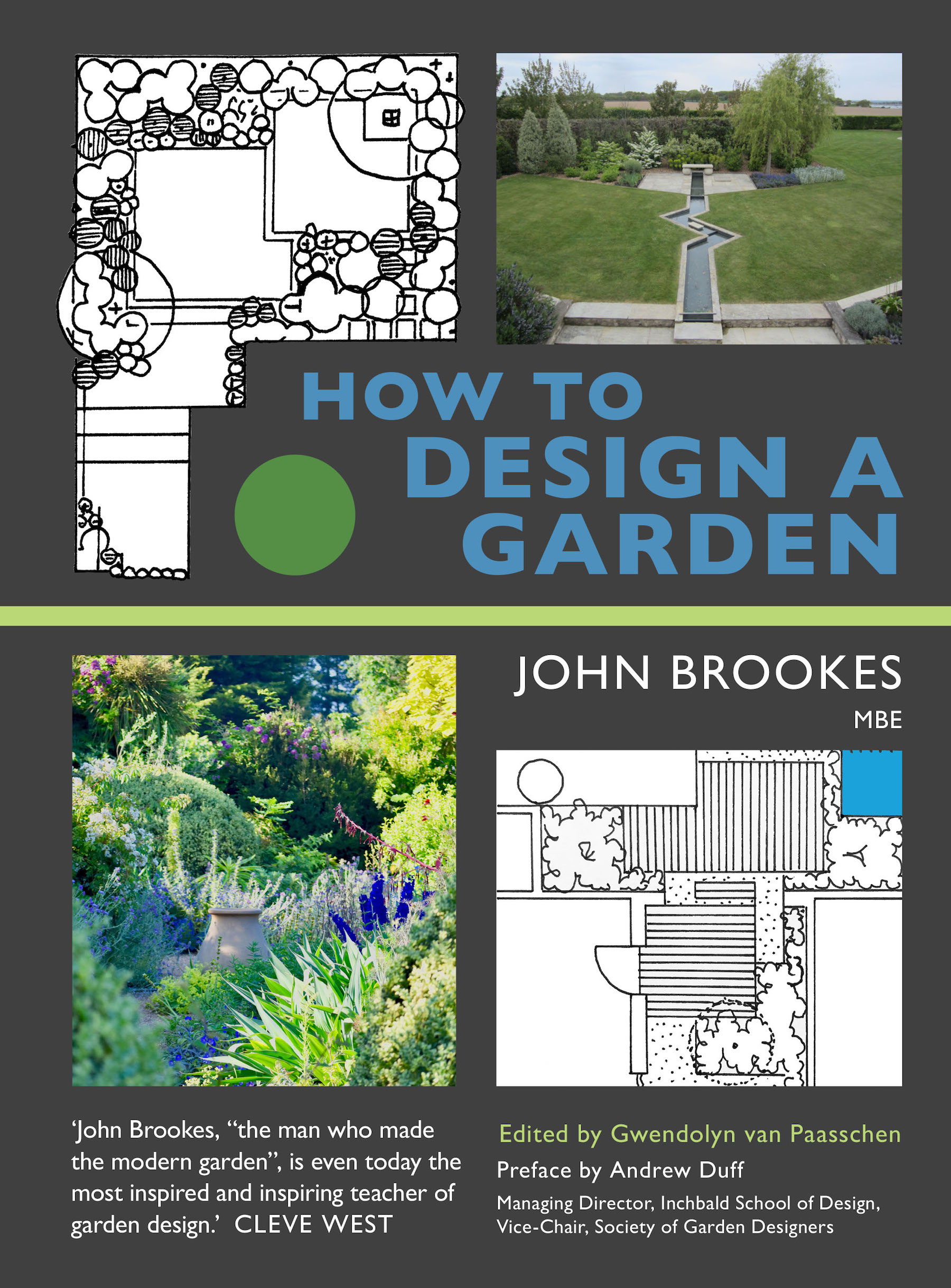How To Design a Garden
The garden and landscape legacy of John Andrew Brookes, MBE.

‘To rely entirely on planting as the backbone of a garden for the whole year is asking too much.’
So wrote award-winning landscape designer John Brookes MBE (1933–2018) in 1963, laying out a new design philosophy and methodology that revolutionized garden design.

As hard as it may seem, John’s philosophy that gardens are about the people who live in them and should be used as an extension of the home John’s approach at the time was unprecedented in Britain. Influenced by the American landscape designer, Thomas Church, John promoted the revolutionary idea that people of all income levels could have designed, fashionable gardens tailored to their needs -- low-maintenance, and beautiful. Shockingly for British gardeners, plants played a supporting role in John’s designs, rather than dominating them.
When I worked with John on his memoir, A Landscape Legacy, I came across dozens of lectures, articles, and ‘bits’ he’d written that I found so compelling, it just seemed to me they needed to be published. Fortunately, so did the publishers at Pimpernel Press.
John’s gift was to combine simplicity and practicality with excellent design and to explain in lay-terms what it was all about. The essays, articles, and lectures collected here embody John’s thinking and include are his basic lessons based on ‘the Grid’. Different from his previous books (over 25 in all) they are aimed at designers as well as homeowners and contractors, with lots of fundamental advice for all – from Buenos Ares to Kyoto to St. Petersburg and Chicago.
John was inspired by Rachel Carson’s Silent Spring as well as Carole Ottesen’s Native Plant Primer, and the book includes his thinking about the environment and conservation with respect to garden design and gardening. It also includes lessons about the importance of preserving local identity and articles explaining the links between art and garden design.
Because he taught and lectured around the world, How to Design a Garden is relevant around in all climates and topographies which is why the book is about to be released in Russian. He learned from his experiences abroad, whether creating the English Garden at the Chicago Botanic Garden, developing an estate in Patagonia, or working on small gardens in Japan. Those experiences enriched his thinking – and his teachings.

I took over John’s garden, Denmans, in West Sussex after he died in March 2018. The garden, which is open to the public, had been horribly neglected because of a long-running business dispute and consequently we have been restoring and renovating the garden ever since – with great results as Denmans won two awards last year and has been listed as an historic garden. Although I worked with him for many years on a very large estate in New York and learned a great deal from him in the process, many of John’s lessons in How to Design a Garden have helped me better understand the way he approached this amazing place, especially his approach to planting and garden layout and I refer to it often.

I agree with one writer who reviewed How to Design a Garden and concluded that ‘there is every reason to read it. It will engender curiosity and set your mind working a long many different and fascinating paths’. It will also give you a laugh or two – John’s wicked sense of humour permeates the book.
Gwendolyn van Paasschen is a garden designer and writer. She is chair of the John Brookes Denman Foundation, which is dedicated to perpetuating John Brookes’ design legacy and to the preservation of Denmans Garden. Proceeds from the book will go to the John Brookes-Denmans Foundation.
